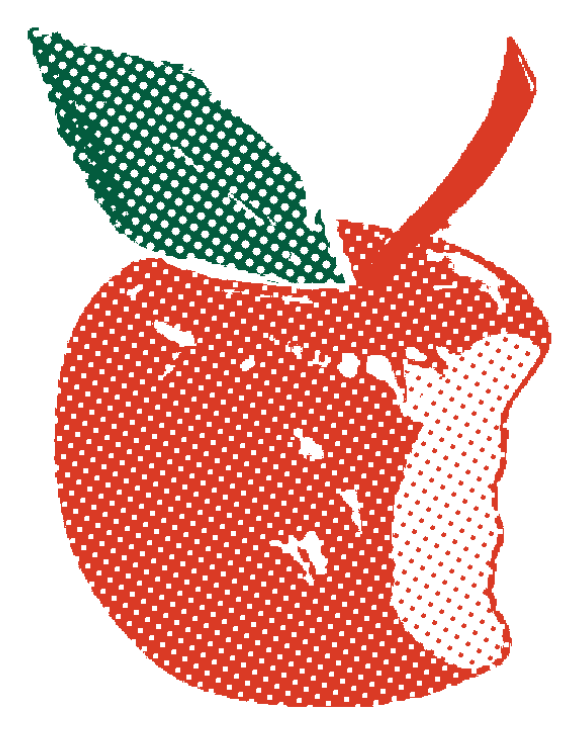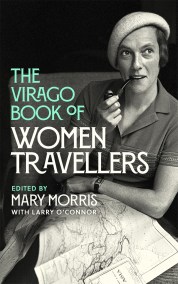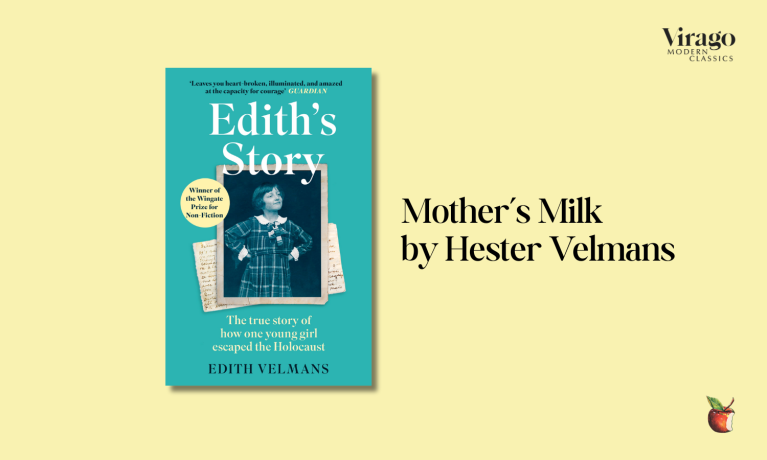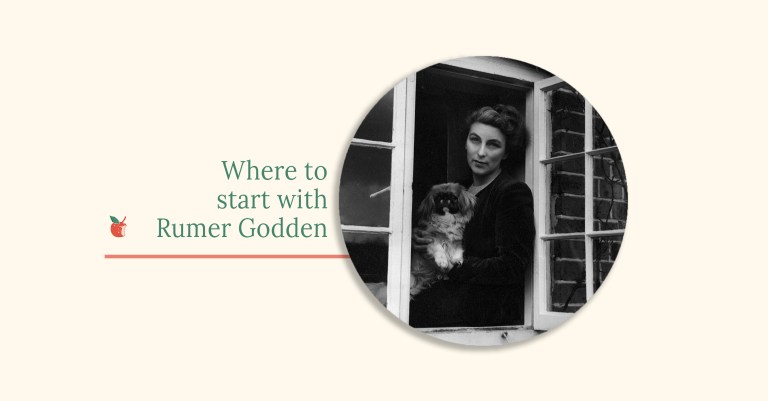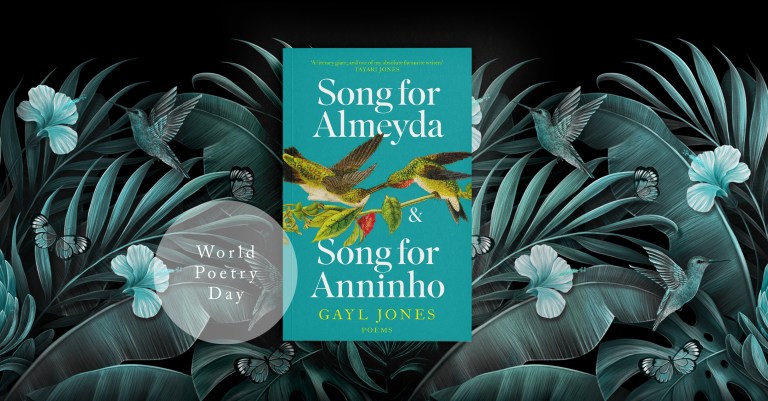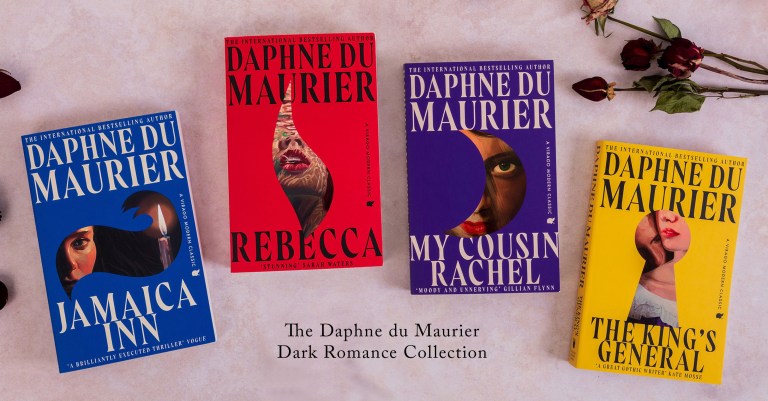The Virago Book of Women Travellers: Joan Didion
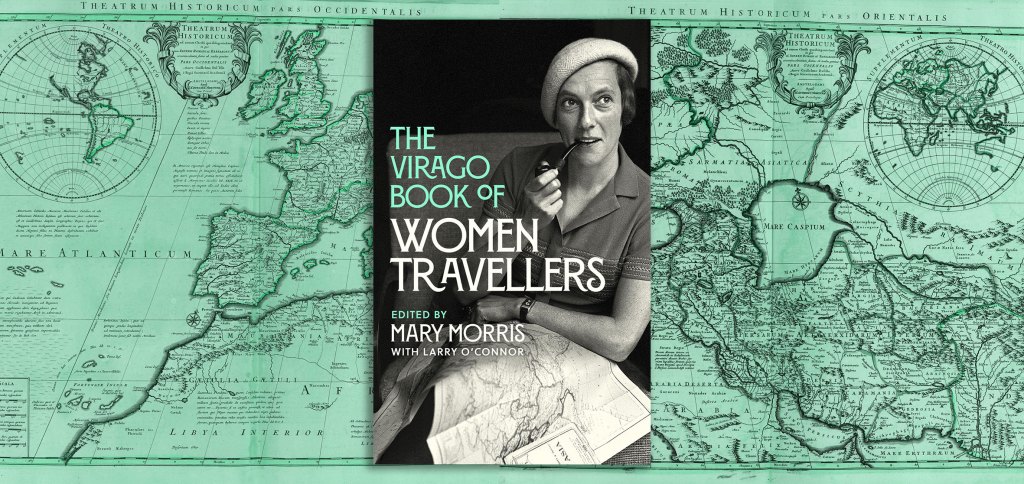
‘A volume in which rich and unexpected seams of precious materials await discovery’ Guardian
Three hundred years of wanderlust are captured in this collection as women travel for peril or pleasure, whether to gaze into Persian gardens or imbibe the French countryside, to challenge the fierce Sahara or climb an impossible mountain.
Whether it is curiosity about the world, a thirst for adventure or escape from personal tragedy, all of these women are united in that they approached their journeys with wit, intelligence, compassion and empathy for the lives of those they encountered along the way.
***
JOAN DIDION
(1934–)
If Margaret Mead is the philosopher queen of observers, Joan Didion is the shaman, with a vision that projects the underlying meaning of things. In the following excerpt from her second collection of essays, The White Album, she says that Bogotá seems ‘a mirage, a delusion on the high savannah, its gold and its emeralds unattainable, inaccessible, its isolation so splendid and unthinkable that the very existence of a city astonishes.’ For the past twenty years, Didion has been one of the foremost chroniclers of the impact of American popular culture on foreign places, particularly Latin America. Didion says she is ‘not so much interested in spontaneity. What concerns me is total control.’ Didion has been criticized by feminists for being too tolerant of the condition of women and, indeed, says she does not believe in political solutions. ‘I thought the answers, if there were answers, lay someplace in man’s soul.’ Among her nine volumes of fiction and nonfiction are Salvador, based on an extended visit to El Salvador in 1982, and several collections of essays – including Slouching Towards Bethlehem and After Henry – many of which first appeared in publications such as Esquire, The New Yorker, and The New York Review of Books. She lives in New York.
***
From
THE WHITE ALBUM
On the Colombian Coast it was hot, fevered, eleven degrees off the equator with evening trades that did not relieve but blew hot and dusty. The sky was white, the casino idle. I had never meant to leave the coast but after a week of it I began to think exclusively of Bogotá, floating on the Andes an hour away by air. In Bogotá it would be cool. In Bogotá one could get The New York Times only two days late and the Miami Herald only one day late and also emeralds, and bottled water. In Bogotá there would be fresh roses in the bath- rooms at the Hotel Tequendama and hot water twenty-four hours a day and numbers to be dialed for chicken sandwiches from room service and Xerox rápido and long-distance operators who could get Los Angeles in ten minutes. In my room in Cartagena I would wake to the bleached coastal morning and find myself repeating certain words and phrases under my breath, an incantation: Bogotá, Bacatá. El Dorado. Emeralds. Hot water. Madeira consommé in cool dining rooms. Santa Fé de Bogotá del Nuevo Reino de Granada de las Indias del Mar Océano. The Avianca flight to Bogotá left Cartagena every morning at ten-forty, but such was the slowed motion of the coast that it took me another four days to get on it.
Maybe that is the one true way to see Bogotá, to have it float in the mind until the need for it is visceral, for the whole history of the place has been to seem a mirage, a delusion on the high savannah, its gold and its emeralds unattainable, inaccessible, its isolation so splendid and unthinkable that the very existence of a city astonishes. There on the very spine of the Andes gardeners espalier roses on embassy walls. Swarms of little girls in proper navy-blue school blazers line up to enter the faded tent of a tatty traveling circus: the elephant, the strong man, the tattooed man from
Maracaibo. I arrived in Bogotá on a day in 1973 when the streets seemed bathed in mist and thin brilliant light and in the amplified pop voice of Nelson Ned, a Brazilian dwarf whose records played in every disco storefront. Outside the sixteenth-century Church of San Francisco, where the Spanish viceroys took office when the country was Nueva Granada and where Simón Bolívar assumed the presidency of the doomed republic called Gran Colombia, small children and old women hawked Cuban cigars and cartons of American cigarettes and newspapers with the headline ‘JACKIE Y ARI.’ I lit a candle for my daughter and bought a paper to read about Jackie and Ari, how the princess de los norteamericanos ruled the king of the Greek sea by demanding of him pink champagne every night and medialunas every morning, a story a child might invent. Later, in the Cold Museum of the Banco de la República, I looked at the gold the Spaniards opened the Americas to get, the vision of El Dorado which was to animate a century and is believed to have begun here, outside Bogotá, at Lake Guatavita. ‘Many golden offerings were cast into the lake,’ wrote the anthropologist Olivia Vlahos of the nights when the Chibcha Indians lit bonfires on the Andes and confirmed their rulers at Guatavita.
Many more were heaped on a raft Then into the firelight stepped the ruler-to-be, his nakedness coated with a sticky resin. Onto the resin his priests applied gold dust and more gold dust until he gleamed like a golden statue. He stepped onto the raft, which was cut loose to drift into the middle of the lake. Suddenly he dived into the black water. When he emerged, the gold was gone, washed clean from his body. And he was king.
Until the Spaniards heard the story, and came to find El Dorado for themselves. ‘One thing you must understand,’ a young Colombian said to me at dinner that night. We were at Eduardo’s out in the Chico district and the piano player was playing ‘Love Is Blue’ and we were drinking an indifferent bottle of Chateau Leoville-Poyferre which cost $20 American. ‘Spain sent all its highest aristocracy to South America.’ In fact I had heard variations on this hallucination before, on the coast when Colombians spoke about the past I often had the sense of being in a place where history tended to sink, even as it happened, into the traceless solitude of autosuggestion. The princess was drinking pink champagne. High in the mountains the men were made of gold. Spain sent its highest aristocracy to South America. They were all stories a child might invent.
Many years later, as he faced the firing squad, Colonel Aureliano Buendia was to remember that distant afternoon when his father took him to discover ice.
—The opening line of One Hundred Years of Solitude, by the Colombian novelist Gabriel Garcia Márquez
At the big movie theaters in Bogotá in the spring of 1973 The Professionals was playing, and It’s A Mad Mad Mad Mad World, two American pictures released in, respectively, 1967 and 1964. The English-language racks of paperback stands were packed with Edmund Wilson’s The Cold War and the Income Tax, the 1964 Signet edition. This slight but definite dislocation of time fixed on the mind the awesome isolation of the place, as did dislocations of other kinds. On the fourth floor of the glossy new Bogotá Hilton one could lunch in an orchid-filled gallery that overlooked the indoor swimming pool, and also overlooked a shantytown of packing-crate and tin-can shacks where a small boy, his body hideously scarred and his face obscured by a knitted mask, played listlessly with a yo-yo. In the lobby of the Hotel Tequendama two Braniff stewardesses in turquoise-blue Pucci pantsuits flirted desultorily with a German waiting for the airport limousine; a third ignored the German and stood before a relief map on which buttons could be pressed to light up the major cities of Colombia,
Santa Marta, on the coast; Barranquilla, Cartagena. Medellín, on the Central Cordillera. Cali, on the Cauca River, San Agustín on the Magdalena. Leticia, on the Amazon.
I watched her press the buttons one by one, transfixed by the vast darkness each tiny bulb illumined. The light for Bogotá blinked twice and went out. The girl in the Pucci pantsuit traced the Andes with her index finger. Alto arrecife de la aurora humana, the Chilean poet Pablo Neruda called the Andes. High reef of the human dawn. It cost the conquistador Gonzalo Jimenez de Quesada two years and the health of most of his men to reach Bogotá from the coast. It cost me $26.
‘I knew they were your bags,’ the man at the airport said, producing them triumphantly from a moraine of baggage and cartons and rubble from the construction that seemed all over Bogotá a chronic condition. ‘They smelled American.’ Parece una turista norteamericana, I read about myself in El Espectador a few mornings later. She resembles an American tourist. In fact I was aware of being an American in Colombia in a way I had not been in other places. I kept running into Americans, compatriots for whom the emotional center of Bogotá was the massive concrete embassy on Carrera 10, members of a phantom colony called ‘the American presence’ which politesse prevented them from naming out loud. Several times I met a young American who ran an ‘information’ office, which he urged me to visit; he had extremely formal manners, appeared for the most desultory evening in black tie, and was, according to the Colombian I asked, CIA. I recall talking at a party to a USIS man who spoke in a low mellifluous voice of fevers he had known, fevers in Sierra Leone, fevers in Monrovia, fevers on the Colombian coast. Our host interrupted this litany, demanded to know why the ambassador had not come to the party. ‘Little situation in Cali,’ the USIS man said, and smiled professionally. He seemed very concerned that no breach of American manners be inferred, and so, absurdly, did I. We had
nothing in common except the eagles on our passports, but those eagles made us, in some way I did not entirely understand, co- conspirators, two strangers heavy with responsibility for seeing that the eagle should not offend. We would prefer the sweet local Roman-Cola to the Coca-Cola the Colombians liked. We would think of Standard Oil as Esso Colombiano. We would not speak of fever except to one another. Later I met an American actor who had spent two weeks taking cold showers in Bogotá before he discovered that the hot and cold taps in the room assigned him were simply reversed: he had never asked, he said, because he did not want to be considered an arrogant gringo.
In El Tiempo that morning I had read that General Gustavo Rojas Pinilla, who took over Colombia in a military coup in 1953 and closed down the press before he was overthrown in 1957, was launching a new bid for power on a Peronist platform, and I had thought that perhaps people at the party would be talking about that, but they were not. Why had the American film industry not made films about the Vietnam War, was what the Colombian stringer for the Caribbean newspaper wanted to talk about. The young Colombian filmmakers looked at him incredulously. ‘What would be the point,’ one finally shrugged. ‘They run that war on television.’
The filmmakers had lived in New York, spoke of Rip Tom, Norman Mailer, Ricky Leacock, Super 8. One had come to the party in a stovepipe preacher’s hat; another in a violet macramé shawl to the knees.
The girl with them, a famous beauty from the coast, wore a flamingo-pink sequinned midriff, and her pale red hair was fluffed around her head in an electric halo. She watched the cumbia dancers and fondled a baby ocelot and remained impassive both to the possibility of General Gustavo Rojas Pinilla’s comeback and to the question of why the American film industry had not made films
about the Vietnam War. Later, outside the gate, the filmmakers lit thick marijuana cigarettes in view of the uniformed policia and asked if I knew Paul Morrissey’s and Andy Warhol’s address in Rome. The girl from the coast cradled her ocelot against the wind.
Of the time I spent in Bogotá I remember mainly images, indelible but difficult to connect. I remember the walls on the second floor of the Museo Nacional, white and cool and lined with portraits of the presidents of Colombia, a great many presidents. I remember the emeralds in shop windows, lying casually in trays, all of them oddly pale at the center, somehow watered, cold at the very heart where one expects the fire. I asked the price of one: ‘Twenty- thousand American,’ the woman said. She was reading a booklet called Horóscopo: Sagitario and did not look up. I remember walking across Plaza Bolívar, the great square from which all Colombian power emanates, at mid-afternoon when men in dark European suits stood talking on the steps of the Capitol and the mountains floated all around, their perspective made fluid by sun and shadow, I remember the way the mountains dwarfed a deserted Ferris wheel in the Parque Nacional in late afternoon.
In fact the mountains loom behind every image I remember, and perhaps are themselves the connection. Some afternoons I would drive out along their talus slopes through the Chico district, out Carrera 7 where the grounds of the great houses were immaculately clipped and the gates bore brass plaques with the names of European embassies and American foundations and Argentinian neurologists. I recall stopping in El Chico to make a telephone call one day, from a small shopping center off Carrera 7; the shopping center adjoined a church where a funeral mass had just taken place. The mourners were leaving the church, talking on the street, the women, most of them, in black pantsuits and violet-tinted glasses and pleated silk dresses and Givenchy coats that had not been bought in Bogotá. In El Chico it did not seem so far to Paris or
New York, but there remained the mountains, and beyond the mountains that dense world described by Gabriel Garcia Márquez as so recent that many things lacked names.
And even just a little farther, out where Carrera 7 became the Carretera Central del Norte, the rutted road that plunged through the mountains to Tunja and eventually to Caracas, it was in many ways a perpetual frontier, vertiginous in its extremes. Rickety buses hurtled dizzyingly down the center of the road, swerving now and then to pick up a laborer, to avoid a pothole or a pack of children. Back from the road stretched large haciendas, their immense main houses barely visible in the folds of the slopes, their stone walls splashed occasionally with red paint, crude representations of the hammer and sickle and admonitions to vote communísta. One day when I was out there a cloud burst, and because my rented car with 110,000 miles on it had no windshield wipers, I stopped by the side of the road. Rain streamed over the MESA ARIZONA WESTWOOD WARRIORS and GO TIDE decals on the car windows. Gullies formed on the road. Up in the high gravel quarries men worked on, picking with shovels at the Andes for twelve and a half pesos a load.
Through another of our cities without a center, as hideous
as Los Angeles, and with as many cars
per head, and past the 20-foot neon sign for Coppertone on a church, past the population earning $700 per capita
in jerry skyscraper living-slabs, and on to the White House
of El Presidents Leoni, his small men with 18- inch repeating pistols, firing 45 bullets a minute,
the two armed guards petrified beside us, while we had champagne,
and someone bugging the President ‘Where are the girls?’
And the enclosed leader, quite a fellow, saying,
‘I don’t know where yours are, but I know where to find mine.’ . . .
This house, this pioneer democracy, built
on foundations, not of rock, but blood as hard as rock.
—Robert Lowell, ‘Caracas’
There is one more image I remember, and it comes in two parts. First there was the mine. Tunneled into a mountain in Zipaquira, fifty kilometers north of Bogotá, is a salt mine. This single mine produces, each year, enough salt for all of South America, and has done so since before Europeans knew the continent existed: salt, not gold, was the economic basis of the Chibcha Empire, and Zipaquira one of its capitals. The mine is vast, its air oppressive. I happened to be inside the mine because inside the mine there is, carved into the mountain 450 feet below the surface, a cathedral in which 10,000 people can hear mass at the same time. Fourteen massive stone pilasters support the vault. Recessed fluorescent tubes illuminate the Stations of the Cross, the dense air absorbing and dimming the light unsteadily. One could think of Chibcha sacrifices here, of the conquistador priests struggling to superimpose the European mass on the screams of the slaughtered children.
But one would be wrong. The building of this enigmatic excava- tion in the salt mountain was undertaken not by the Chibcha but by the Banco de la República, in 1954. In 1954 General Gustavo Rojas Pinilla and his colonels were running Colombia, and the country was wrenched by La Violencia, the fifteen years of anarchy that fol- lowed the assassination of Jorge Gaitan in Bogotá in 1948. In 1954 people were fleeing the terrorized countryside to squat in shacks in the comparative safety of Bogotá. In 1954 Colombia still had few public works projects, no transportation to speak of: Bogotá would
not be connected by rail with the Caribbean until 1961. As I stood in the dim mountain reading the Banco de la República’s dedicatory plaque, 1954 seemed to me an extraordinary year to have hit on the notion of building a cathedral of salt, but the Colombians to whom I mentioned it only shrugged.
The second part of the image. I had come up from the mine and was having lunch on the side of the salt mountain, in the chilly dining room of the Hostería del Libertador. There were heavy draperies that gave off a faint muskiness when touched. There were white brocade tablecloths, carefully darned. For every stalk of blanched asparagus served, there appeared another battery of silverplated flatware and platters and vinaigrette sauceboats, and also another battery of ‘waiters’: little boys, twelve or thirteen years old, dressed in tailcoats and white gloves and taught to serve as if this small inn on an Andean precipice were Vienna under the Hapsburgs.
I sat there for a long time. All around us the wind was sweeping the clouds off the Andes and across the savannah. Four hundred and fifty feet beneath us was the cathedral built of salt in the year 1954. This house, this pioneer democracy, built on foundations, not of rock, but blood as hard as rod. One of the little boys in white gloves picked up an empty wine bottle from a table, fitted it precisely into a wine holder, and marched toward the kitchen holding it stiffly before him, glancing covertly at the maître d’Hôtel for approval. It seemed to me later that I had never before seen and would perhaps never again see the residuum of European custom so movingly and pointlessly observed.
***
The Virago Book Of Women Travellers.
by Mary Morris
'A volume in which rich and unexpected seams of precious materials await discovery' Guardian
Three hundred years of wanderlust are captured in this collection as women travel for peril or pleasure, whether to gaze into Persian gardens or imbibe the French countryside, to challenge the fierce Sahara or climb an impossible mountain.
The extraordinary women in this collection are observers of the world in which they wander; their prose rich in description, remarkable in detail. Mary McCarthy conveys the vitality of Florence while Willa Cather's essay on Lavandou foreshadows her descriptions of the French countryside in later novels. Others are more active participants in the culture they are visiting, such as Leila Philip, as she harvests rice with Japanese women. Whether it is curiosity about the world, a thirst for adventure or escape from personal tragedy, all of these women are united in that they approached their journeys with wit, intelligence, compassion and empathy for the lives of those they encountered along the way.
Also includes writing by Willa Cather, Joan Didion, Vita Sackville-West, M. F. K Fisher, Christina Dodwell and more.
